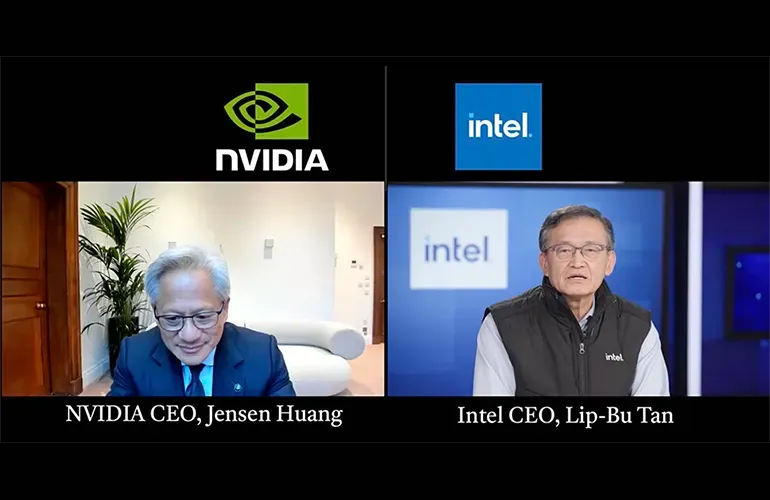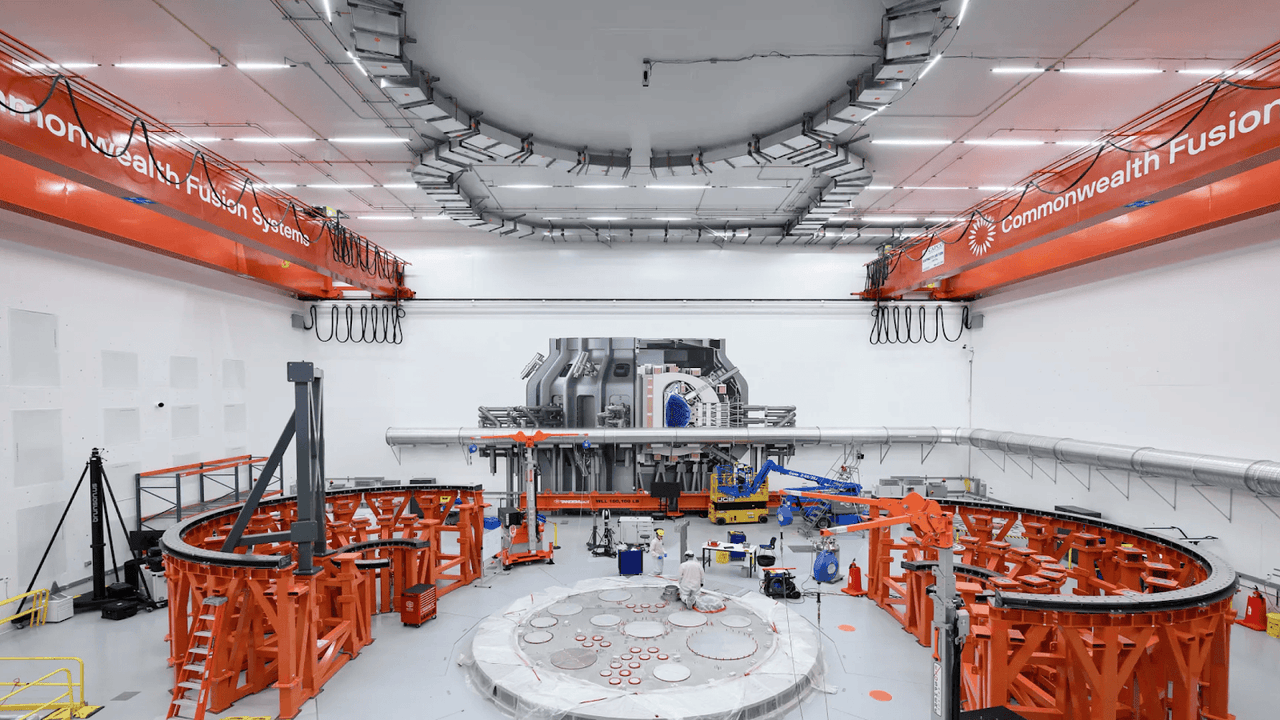From GPU King to System Architect: Why Nvidia Needs Intel

When Nvidia announced it would spend $5 billion on Intel stock, the market reacted like it was just another mega-cap financial play. Intel’s shares surged more than 20 percent in a single day, and commentators framed it as a confidence boost for a struggling rival. But the real story isn’t about balance sheets. It’s about blueprints. Nvidia isn’t buying stock to juice returns—it’s buying access to the parts of the semiconductor stack it doesn’t yet own.
Behind the deal is a plan to close the gaps that have limited Nvidia’s dominance. With Intel as both partner and supplier, Nvidia gains custom CPUs, advanced chiplet packaging, and manufacturing capacity that diversifies its supply chain. The move pushes Nvidia past the identity of a GPU company and into something more formidable: an AI infrastructure platform spanning CPUs, GPUs, and full systems.
Why Nvidia Needs Intel
For years, Nvidia has been the undisputed king of GPUs, but that dominance has come with constraints. In data centers, its accelerators rely on CPUs from AMD’s Epyc line or Intel’s Xeon processors. That dependency limits how tightly Nvidia can integrate CPU and GPU workloads, and it leaves customers to assemble systems from mismatched parts.





